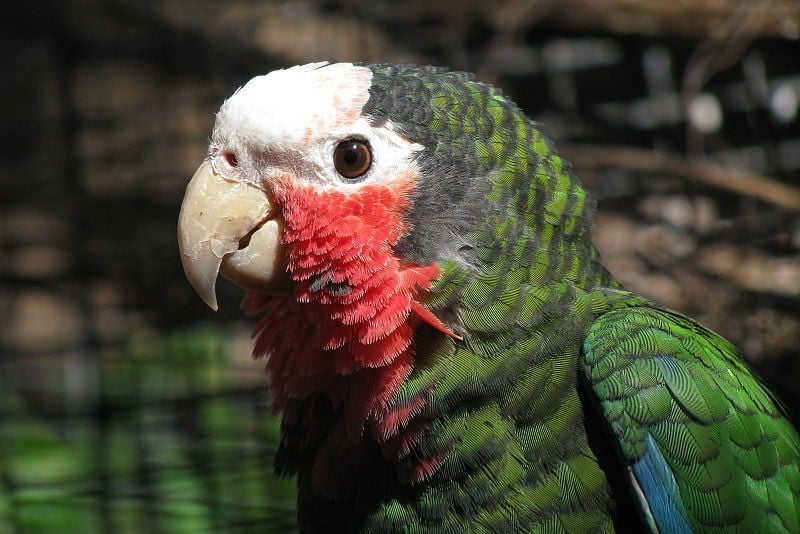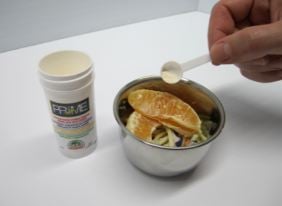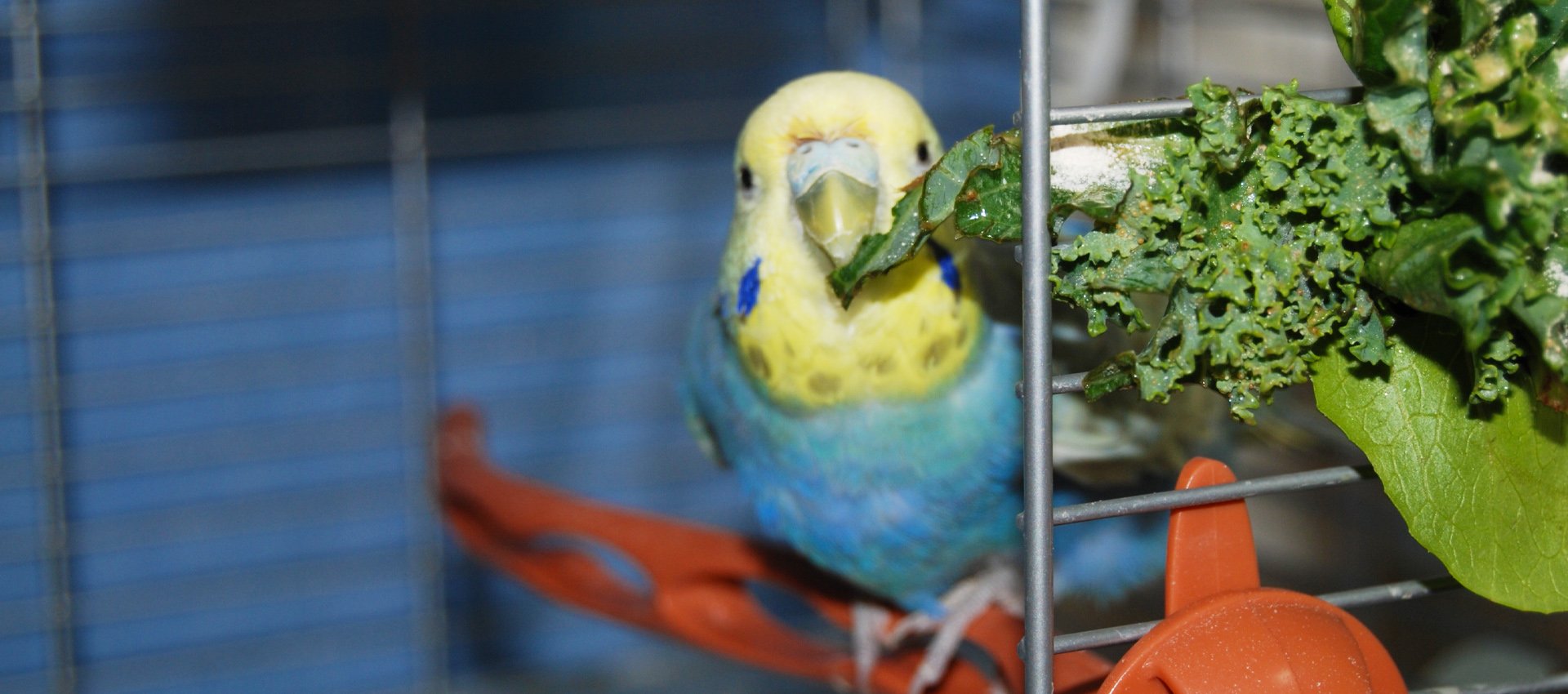Your cart is currently empty!

HARI Official Brand Site

As our parrot population ages, keep in mind that they will become more susceptible to infection from bacteria and mould found in their environment.
A 52-year-old Cuban Amazon named Coco was brought to us because she had developed three small “holes” in her upper beak. This was an unusual presentation. The holes were situated just below the right nostril and appeared as though they had been drilled into the horny beak. These 1-2 mm diameter perforations were filled with what appeared to be dried blood. We also found that the right cere, the fleshy area around the nostril, was swollen and red. She scratched this area often, rubbing her face on her perch or using her foot.
The swollen nostril indicated that there was an inflammation in the nasal cavity. We could not explain the holes in the beak. The rest of her physical examination was normal. She was fed a balanced diet. Blood tests were normal and X-rays as well. The internal nares were cultured and after several tries, a bacterium was isolated. This bacterium is one that thrives in the upper respiratory system, and causes damage by producing a substance, which destroys living tissues.
We knew we were dealing with an infection of the right nasal cavity and a possible fistula (a tunnel burrowed by the bacteria) from the inside of the nasal cavity, through the bony and horny tissues of the beak, to the outside.

We treated the bird with a combination of antibiotics administered by injection and locally by flushing the nasal cavity with medicated saline. Over the course of a month, we saw the dark crusts in the holes clear up, the cere return to normal, and the itching stop. All was well, or so we thought. Periodic follow-ups showed that the holes were slowly migrating down the beak as the beak grew. Eventually they disappeared. However, twelve months after the first incident, new holes appeared, and the cere was again inflamed.
We repeated the identical treatment, as it had been successful the first time, but for a longer duration. We believed we were dealing with a recurrence of the condition, because not ALL the bacteria had been eliminated during the first course of treatment and we thought we might be dealing with a very tenacious or resistant strain. Once more, the treatment was effective, the inflammation subsided, the hole migrated down the beak and all returned to normal for twelve months.

At that time, a third recurrence of the problem made us look deeper into the situation. We no longer believed the treatment to be at fault. Was this birds’ immune system weakened by her advanced age? Was there an unchecked source of contamination?
After thorough discussions with the clients, we realized that Coco used a rope perch, to soothe her aging tender feet. This perch had been in the cage all along and Coco had been rubbing her beak on it from the beginning. Furthermore, the condition always appeared in the spring when Coco ate more fruit, wiping the fruit residue from her beak onto to perch. Although the perch was wiped clean regularly, it was never cleaned in depth. The suspect perch was replaced by a new one, which was henceforth washed in the dishwasher weekly.
Firstly, debris can accumulate in the most unsuspected areas in even a meticulously clean environment: the perch in this case, under cage bottom pull out trays, at the junction of cage wires, in the hinges of food clips, etc. Bacteria are microscopic and hide in the nooks and crannies of a bird’s environment. Most will not survive unless they are surrounded by organic material such as secretions, droppings or food debris. Hence, while disinfecting is important, it is more important to thoroughly wash away any organic debris with detergent. In the case of a bird suffering from an infection, this becomes doubly important as they he will re-contaminate himself from the environment.
Secondly, as our parrot population ages, keep in mind that they will become more susceptible to infection from bacteria and mould found in their environment. While a balanced nutritious diet is always important, at this age it is crucial. Birds that have been improperly fed over the years will likely have a weaker immune system than their well-fed counterparts will. If you are offering fruits and vegetables to accompany their pellet diet, stick to the dark greens, blue, red and orange in colour. They are the most vitamin and antioxidant rich. The addition of nutritional supplements may also be of value if the birds are on a largely non-pellet diet. As our parrot population ages, keep in mind that they will become more susceptible to infection from bacteria and mould found in their environment.

VETERINARIAN CASE REPORT
Dr. Corina Lupu

Our top priority is providing safe and high-quality bird food that your feathered friends can enjoy. That’s why every batch of HARI products goes through a rigorous three-step quality control process before it is distributed.